Aging Population
The aging population is a significant driver of the Global Heart Transplant Market Industry. As individuals age, the risk of developing heart-related conditions increases, leading to a higher demand for heart transplants. In many countries, the demographic shift towards an older population necessitates enhanced healthcare services, including transplant programs. This trend is particularly evident in developed nations where life expectancy is rising. Consequently, the market is poised for growth as healthcare systems adapt to meet the needs of an aging population. The increasing number of elderly patients requiring heart transplants underscores the urgency for effective healthcare solutions.
Market Growth Projections
The Global Heart Transplant Market Industry is projected to experience substantial growth over the next decade. With a market valuation of 12.3 USD Billion in 2024, it is anticipated to reach 35.5 USD Billion by 2035. This growth trajectory suggests a CAGR of 10.1% from 2025 to 2035, indicating a robust demand for heart transplant procedures and related technologies. Factors contributing to this growth include advancements in medical technology, increasing awareness of organ donation, and a rising incidence of heart diseases. These projections highlight the potential for significant developments within the industry, shaping the future of heart transplantation.
Advancements in Medical Technology
Technological innovations play a pivotal role in the Global Heart Transplant Market Industry. The development of advanced surgical techniques, improved immunosuppressive therapies, and enhanced organ preservation methods have significantly increased transplant success rates. For instance, the introduction of minimally invasive surgical procedures has reduced recovery times and improved patient outcomes. As a result, the market is projected to grow at a CAGR of 10.1% from 2025 to 2035, reaching an estimated 35.5 USD Billion by 2035. These advancements not only facilitate more successful transplants but also encourage more patients to consider heart transplantation as a viable treatment option.
Rising Incidence of Heart Diseases
The Global Heart Transplant Market Industry is experiencing growth driven by the increasing prevalence of heart diseases. Factors such as sedentary lifestyles, unhealthy diets, and rising obesity rates contribute to this trend. In 2024, the market is valued at 12.3 USD Billion, reflecting the urgent need for heart transplants. The World Health Organization indicates that cardiovascular diseases remain the leading cause of death globally, prompting healthcare systems to prioritize transplant procedures. This rising incidence not only highlights the demand for heart transplants but also emphasizes the need for advanced medical technologies and improved healthcare infrastructure.
Regulatory Support and Funding Initiatives
Regulatory support and funding initiatives are crucial for the Global Heart Transplant Market Industry. Governments and health organizations are increasingly recognizing the importance of heart transplantation as a life-saving procedure. This recognition has led to the establishment of funding programs aimed at supporting transplant research and improving healthcare infrastructure. Additionally, regulatory bodies are streamlining the approval processes for new transplant technologies and therapies, facilitating quicker access to innovative solutions. Such support not only enhances the overall transplant landscape but also encourages investment in research and development, ultimately benefiting patients awaiting heart transplants.
Growing Awareness and Acceptance of Organ Donation
The Global Heart Transplant Market Industry benefits from increasing awareness and acceptance of organ donation. Public health campaigns and educational initiatives have played a crucial role in changing perceptions about organ donation. As more individuals recognize the importance of donating organs, the number of available hearts for transplantation is likely to rise. This shift in societal attitudes could lead to a more robust supply of organs, thereby supporting the growth of the market. Furthermore, government policies promoting organ donation are expected to enhance the overall transplant ecosystem, ultimately benefiting patients in need of heart transplants.
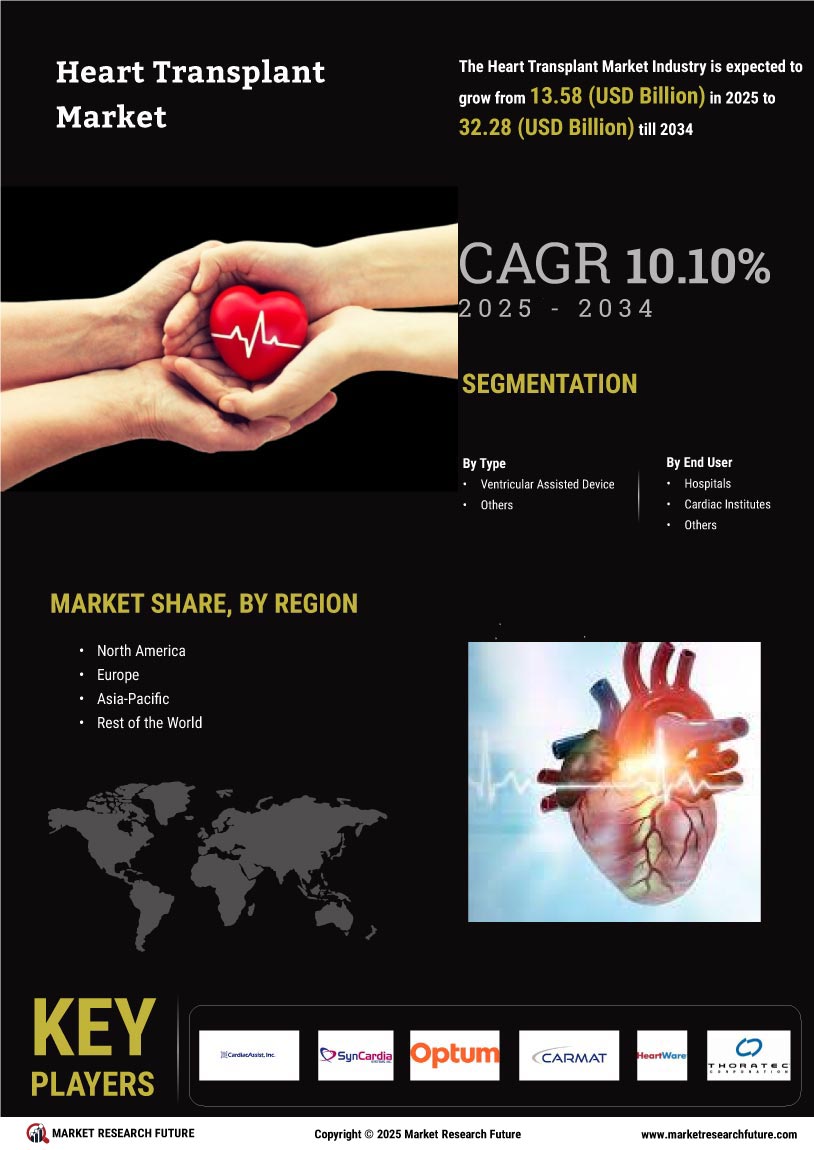

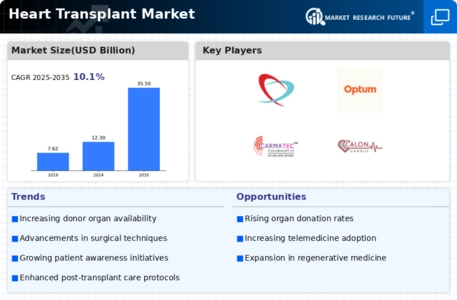
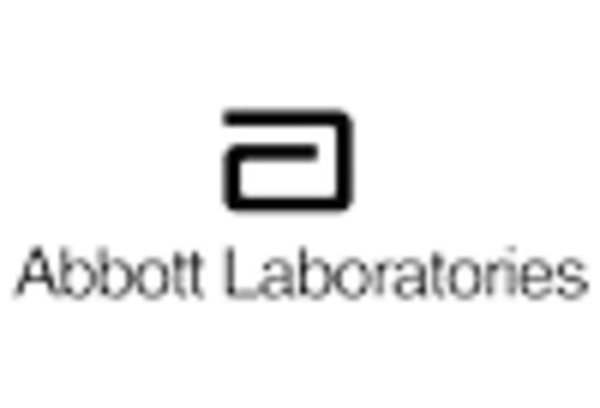
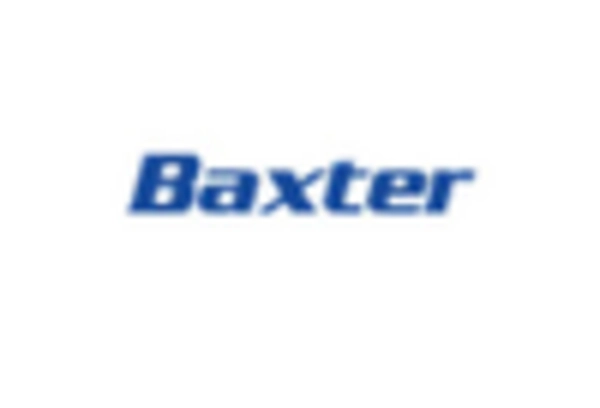



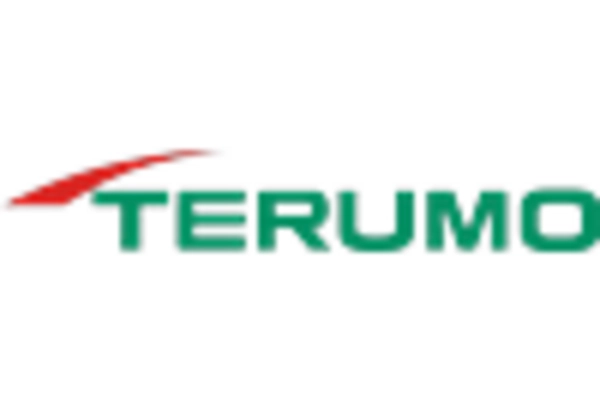








Leave a Comment